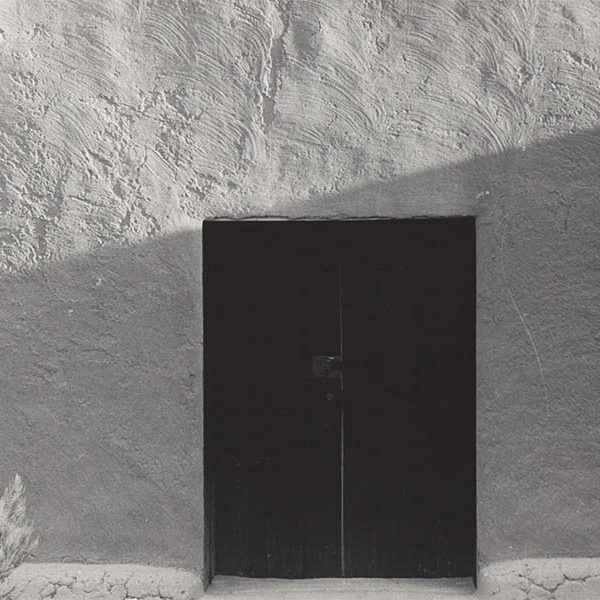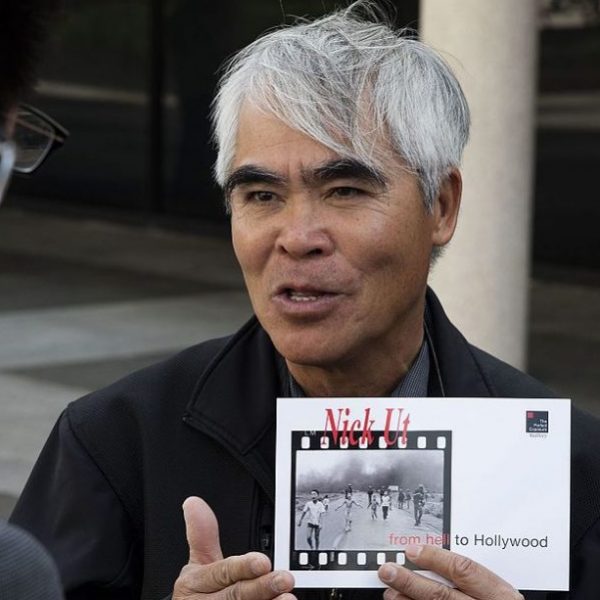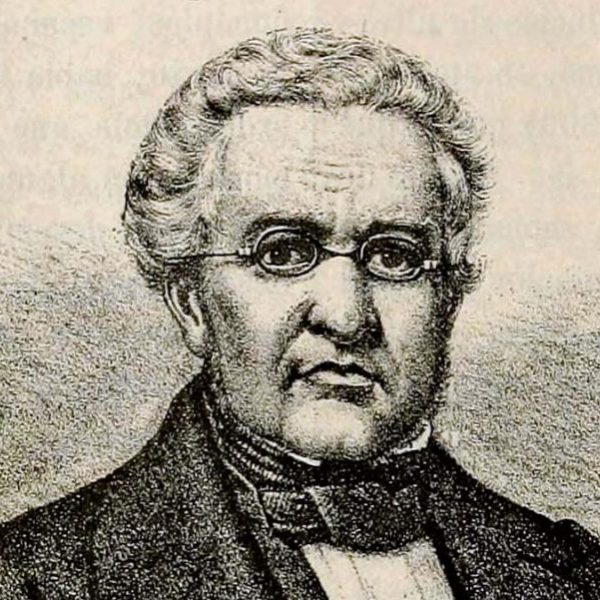Travel, Photography, and the (Familiar) New
Monica Bravo–
After a long period of staying at home, social distancing, and masking up, we are told—at last—that the world is opening up. Breathing a collective sigh of relief (one that still does not extend to every community worldwide, I hasten to add), many are rushing to once again see family and friends in person, to gather and reunite, to travel for the various forms of enrichment it may bring. Few will intend to relocate permanently, though some may be seduced by their destinations. Travelers will bring along cameras, and share their results on social media. They will take selfies, picture the locals, and capture street scenes.
In a period similarly precarious to ours, a century ago, those with the privilege to travel once again did so with glee. Following a series of popular revolutions, the Great War, and a global flu pandemic that infected nearly a quarter of the world’s population, the 1920s must have felt like a time of great release—of opening up and casting off. Political and cultural pilgrims were mobilized to try new places, new things. The lure of the new is typical of modernity, and those who traveled felt themselves often pushed as much as pulled in different directions. Artists, writers, and musicians from the United States were among those who traveled abroad. Some even moved to foreign cultural centers permanently, seeking communities and audiences they felt were more sympathetic to the radical premises of modernism than those at home. Individuals who went to Europe—Man Ray, Ernest Hemingway, Gertrude Stein, etc.—have received considerable attention from historians. Less studied are those who went in another direction, south to Mexico.
Much as it has been in the past year, Mexico’s proximity to the United States and rumored social permissiveness made it an attractive alternative to Europe for many expatriates in the years after the First World War. Mexico City was a cosmopolitan art center rivaling Paris and New York in the interwar period; artists visited and stayed for days, months, others years. Among those who relocated were four significant modernist photographers: Edward Weston, Tina Modotti, Paul Strand, and Helen Levitt. My new book, Greater American Camera, is a study of the work these photographers created in Mexico, the conditions that drew them south, and the interactions and exchanges they had with modern Mexican artists. Through this international dialog, U.S. modernist photographers and Mexican artists working in a variety of creative media discovered shared ideals, contributing to what I call a Greater American modernism. The phrase “Greater America” belongs to historian Herbert E. Bolton, who, along with other U.S. and Mexican intellectuals of the 1920s and ‘30s, promoted the idea of a shared history encompassing the Western Hemisphere in distinction from Europe, with the goal of securing a foundation for future understanding.
Every photographic representation of a foreign culture is inevitably a mix of preconceived projection and experiential discovery: in Mexico, Weston, Modotti, Strand, and Levitt produced photographs that express a complex amalgamation of their expectations, desires, and experiences. However, these four photographers vehemently rejected the idea of making travel or vacation photographs such as those you or I might make on a family vacation. Instead, guided by their Mexican friends and artist colleagues, they sought to express widely held beliefs about Mexico, which, importantly, also had parallels in the United States. These issues were critical bases for hemispheric understanding, although there were important distinctions between each nation’s history with and approach to the subjects.

One such theme the photographers explored included the tension between tradition and industrialization, evident in Tina Modotti’s Telegraph Wires of c. 1925. Although telegraph wires were being supplanted by telephone poles throughout the Americas (a subject she likewise documented), their depiction here is modernist in the photograph’s absence of a grounding horizon. With wires etched lyrically across the sky, the telegraph as subject might gesture at the potential of modern communication technology to revolutionize labor and the lives of workers, a subject likewise dear to her compatriots among the Communist Party and Estridentistas, a vanguard literary group. But the central post is imposing, looming over smaller, crucifix-like posts in the distance, indicating a hierarchy that must be acknowledged. Modotti was intimately familiar with the uneven access to communications technology within Mexico; soon after arriving in the capital, she and her romantic partner and teacher, Weston, had to leave their beloved first home together on account of the lack of telephone service, which would have been fatal to their studio business. Thus, although her Mexican subjects are decidedly modern, Modotti seems to stop short of pronouncing just how, and to what effect, new technologies will transform the lives of Mexican subjects.

Strand, on the other hand, eschewed overt indicators of modernity in Mexico of the early 1930s and instead sought authenticity in the nation’s interior, which he saw as co-extensive with New Mexico, whence he had traveled. In “old” Mexico, he photographed Spanish-American architecture, Catholic sculptures, and peasants, as in Man With a Hoe, Los Remedios. His depiction of the man is heavy but monumentalizing. His pose is static, the framing confining, but for Strand, he signals the strength and quiet endurance of Mexico’s Indigenous population, as opposed to the artist’s perception of Native communities in the United States. Strand’s interest in communal peasant culture dovetails with the resurrection of Indigenous Mexican and folk themes by his friend and supervisor in the Mexican government, the classical music composer Carlos Chávez.
My book ultimately interrogates what it meant to be an American artist—in the broadest sense—in the period between the two World Wars, and argues for the value of transnational dialog and exchange, specifically between the United States and Mexico. Borders between nations have been particularly pronounced this year, governing access of all kinds. With this tentative reopening, travelers from the United States must ask themselves what kind of tourists they will be, what kinds of photographs they will make. And the United States, in considering what it is to be a good neighbor, must also consider what kind of nation it will be. While interwar national identity in the United States and Mexico are key drivers in this book, I found that artists’ nationalist allegiances were frequently superseded by more nuanced, and sometimes larger, even Greater American, modes of belonging.
Monica Bravo is assistant professor in the history of art and visual culture program at California College of the Arts. Check out her Instagram video introduction to Greater American Camera on our IGTV channel @yalebooks.



























